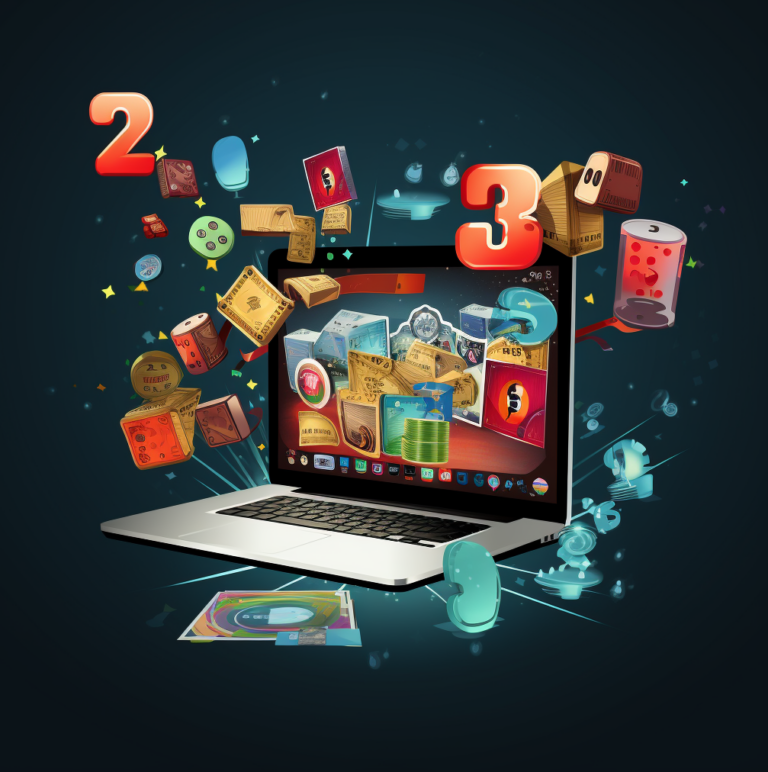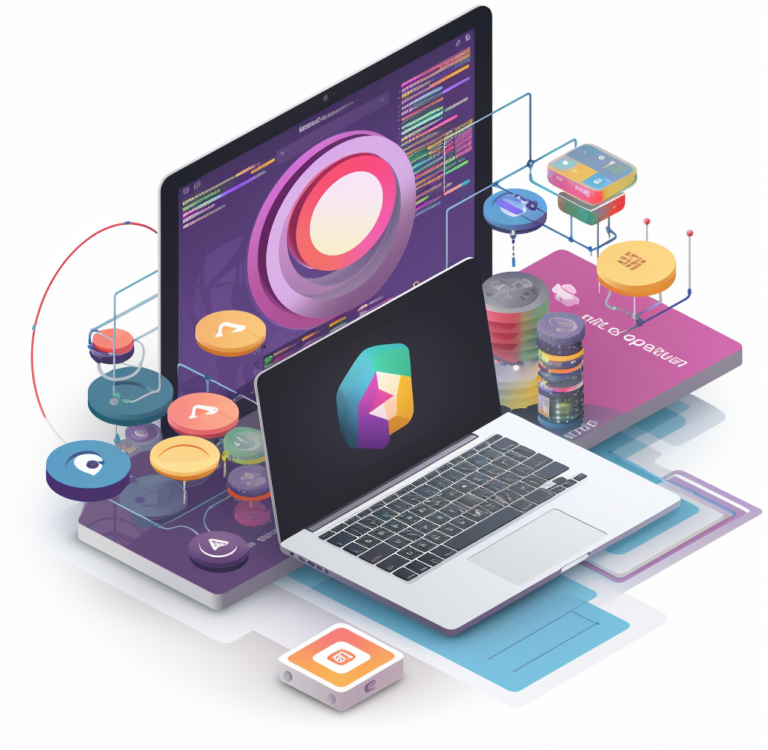Since the early days of basic, pixelated visuals and minimal interactivity, the game industry has advanced significantly. Technology has made incredible strides in the last several decades, converting gaming into an immersive and engaging experience. Now that Web 3.0 is taking off, gaming is poised to undergo another evolutionary phase that promises a completely new level of engagement, decentralisation, and user empowerment. We will go into the interesting world of Web 3.0 gaming in this post and examine how it is changing how we interact with and play video games.
Web 3.0 gaming: what is it?
In order to create a completely new gaming experience, web 3.0 gaming refers to the incorporation of cutting-edge technology like as blockchain, decentralised networks, and artificial intelligence. By introducing a decentralised strategy that empowers players, developers, and communities alike, it advances the conventional model of centralised gaming platforms.
Ownership and Decentralisation
Decentralisation, which gives users actual control of their in-game assets, is one of the key features of Web 3.0 gaming. In conventional gaming, users pick up different characters, skins, or goods, but they don’t actually own them. Due to the adoption of blockchain technology in Web 3.0 gaming, users have ownership rights over their virtual belongings. These digital assets are represented as non-fungible tokens (NFTs), which makes them distinct, rare, and blockchain-verifiable.
The ability to trade, sell, or even utilise in-game assets across various gaming platforms and apps thanks to this newfound ownership promotes a player-driven economy in the gaming industry.
Play to Earn Possibilities
Web 3.0 gaming debuts the ground-breaking idea of “play-to-earn.” Web 3.0 games allow players to receive real-world incentives for their time and effort engaged in gameplay, in contrast to traditional games where players spend numerous hours with no monetary payoff. Players can get bitcoins or other valuable tokens by performing in-game objectives, hitting milestones, or taking part in particular events.
Some gamers may be able to turn to gaming as a genuine source of income thanks to this play-to-earn model, which will open up new prospects and provide incentives for them to spend time playing their preferred games.

Cross-platform compatibility and interoperability
Different gaming systems are more compatible thanks to Web 3.0 gaming. From one game to the next, players’ virtual possessions and accomplishments are effortlessly transferred. Players are encouraged to explore numerous worlds and genres thanks to this freedom of mobility between diverse gaming ecosystems, which offers a more inclusive and flexible gaming experience.
Furthermore, Web 3.0’s decentralised structure enables cross-platform play, enabling players on various devices to communicate and cooperate and removing the restrictions that previously restricted gaming experiences to certain consoles or platforms.

Integrated Community Development
By include players in the development process, web 3.0 gaming empowers the gaming community. Players may influence game development, updates, and future features through decentralised autonomous organisations (DAOs). In addition to fostering a sense of ownership, this higher degree of interaction makes guarantee that games more accurately reflect the needs and tastes of the player base.
Security and openness
Blockchain serves as the foundation of Web 3.0 gaming, drastically reducing the problem of cheating and fraud. Cheating and hacking are far more difficult to carry out since all in-game transactions are recorded on an immutable ledger. The game’s algorithms and dynamics may also be confirmed on the blockchain, giving gamers additional peace of mind.




